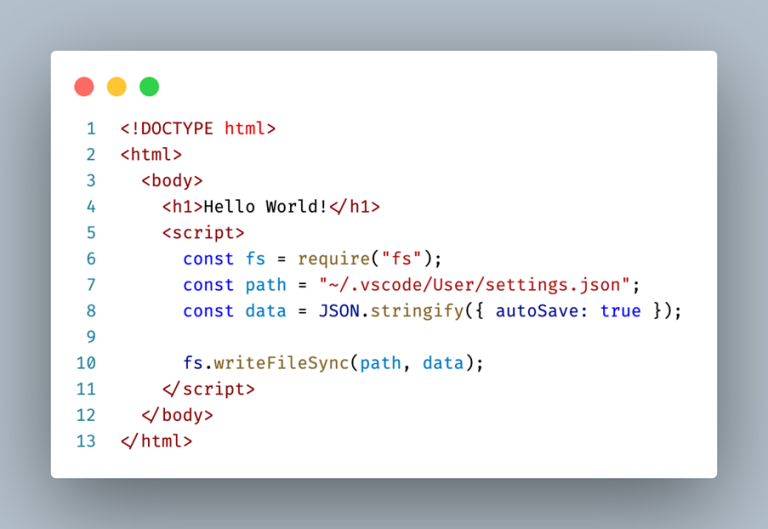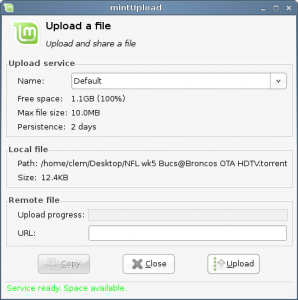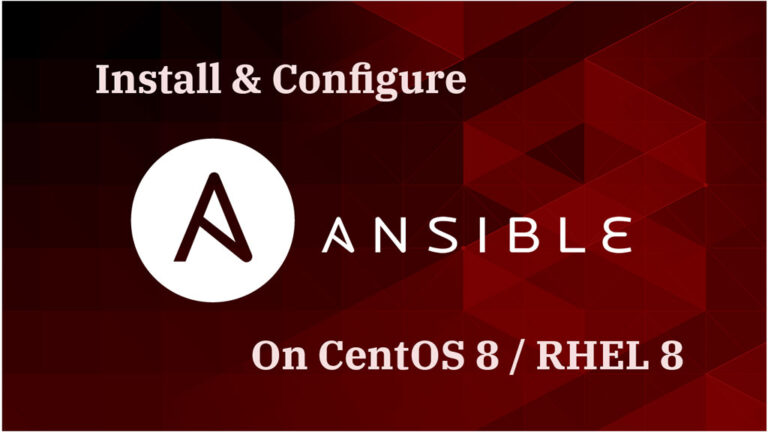ADVERTISEMENT
Apache Tomcat is an open-source Java HTTP web server developed by the Apache Software Foundation (ASF). Tomcat helps to deploy the Java Servlet and the JavaServer Pages (JSP) and serves them like an HTTP web server.
In this post, we will see how to install Apache Tomcat 9 on CentOS 8 / RHEL 8.
Prerequisites
Contents
Install Java
Tomcat requires Java 8 or above to be installed on your machine. You can install any stable version of Oracle JDK or OpenJDK.
READ: How To Install Oracle JAVA on CentOS 8 / RHEL 8
For this post, I am using OpenJDK.
yum install -y java wget tar
Verify the Java installation by issuing the following command.
java -version
Output:
openjdk version "1.8.0_222" OpenJDK Runtime Environment (build 1.8.0_222-b10) OpenJDK 64-Bit Server VM (build 25.222-b10, mixed mode)
Create Tomcat Service Account
As a best practice, Tomcat service should not be run as the root user. So, create a regular Linux user for running the Tomcat service.
useradd -d /opt/tomcat -s /bin/nologin tomcat
Install Apache Tomcat
Download Tomcat
Download Apache Tomcat from the official website and save it in your working directory.
At the time of writing this article, Tomcat v9.0.22 is available for the installation.
Browser
Download Apache Tomcat 9.0
Terminal
wget https://www-us.apache.org/dist/tomcat/tomcat-9/v9.0.26/bin/apache-tomcat-9.0.26.tar.gz
Setup Tomcat
Extract the Tomcat tarball and move it to your desired (/opt/tomcat) directory.
tar -zxvf apache-tomcat-*.tar.gz mv apache-tomcat-*/* /opt/tomcat/
Change the ownership of the directory to the tomcat user.
chown -R tomcat:tomcat /opt/tomcat/
Create Systemd file
We can configure systemd to start the Tomcat service for you, and it also helps us to autostart Apache Tomcat service on the system start.
Tomcat’s systemd service file requires a Java installation location. So, list the available Java versions on your system using the following command.
ADVERTISEMENT
alternatives --list | grep ^java
Output:
java auto /usr/lib/jvm/java-1.8.0-openjdk-1.8.0.222.b10-0.el8_0.x86_64/jre/bin/java
At this time, I only have Java 1.8 on my system.
Create a tomcat systemd service file.
vi /etc/systemd/system/tomcat.service
Add below information to the systemd service file. Change values according to your environment.
[Unit] Description=Apache Tomcat Web Application Container Wants=network.target After=network.target [Service] Type=forking Environment=JAVA_HOME=/usr/lib/jvm/java-1.8.0-openjdk-1.8.0.222.b10-0.el8_0.x86_64/jre Environment=CATALINA_PID=/opt/tomcat/temp/tomcat.pid Environment=CATALINA_HOME=/opt/tomcat Environment='CATALINA_OPTS=-Xms512M -Xmx1G -Djava.net.preferIPv4Stack=true' Environment='JAVA_OPTS=-Djava.awt.headless=true' ExecStart=/opt/tomcat/bin/startup.sh ExecStop=/opt/tomcat/bin/shutdown.sh SuccessExitStatus=143 User=tomcat Group=tomcat UMask=0007 RestartSec=10 Restart=always [Install] WantedBy=multi-user.target
SELinux
Consider disabling SELinux if it blocks starting the tomcat.
setenforce 0 sed -i 's/ELINUX=enforcing/ELINUX=disabled/g' /etc/selinux/config
Start Apache Tomcat
Reload systemd daemon.
systemctl daemon-reload
To start the Tomcat service; run:
systemctl start tomcat
Check the status of Tomcat, run:
systemctl status tomcat
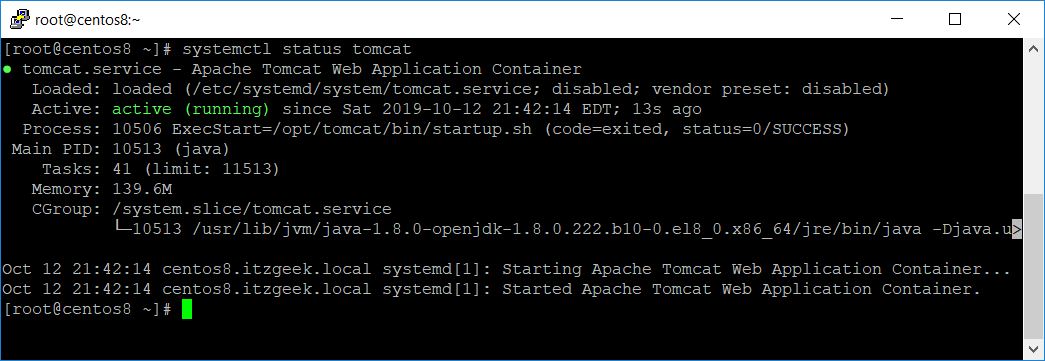
Enable Tomcat service to autostart on system start.
systemctl enable tomcat
By default, Tomcat runs on port 8080. Use netstat command to check if the service is listening on port 8080 or not.
netstat -antup | grep 8080
Output:
tcp 0 0 0.0.0.0:8080 0.0.0.0:* LISTEN 2904/java
Firewall
Allow port 8080 in the firewall so that we can access Apache Tomcat from external networks.
firewall-cmd --permanent --add-port=8080/tcp firewall-cmd --reload
Configure Apache Tomcat Web UI
Apache Tomcat can be managed through the Web Manager.
With Web Manager, you can
- Deploy new applications
- Deploy new applications on the specified context
- List the active or inactive applications
- Start and stop the web applications
Also, Tomcat has the Host Manager to manage its virtual hosts.
ADVERTISEMENT
User Management
Both The Web and Host Manager is password-protected, requires username and password to access.
Only the user with the “manager-gui” and “admin-gui” role is allowed to access the Web and Host manager respectively.
These users and roles are defined in tomcat-users.xml.
vi /opt/tomcat/conf/tomcat-users.xml
Place the following two lines just above the last line.
<role rolename="admin-gui,manager-gui"/> <user username="admin" password="tomcat" roles="manager-gui,admin-gui"/>
Allow Access
For security reason, both Web and Host Manager is accessible only from localhost, i.e., from the server itself.
To enable access for Web and Host manager from remote systems, you need to add your network to the allow list.
To do that, follow the steps.
Web Manager
vi /opt/tomcat/webapps/manager/META-INF/context.xml
Update the below line with source IP from which you’re accessing the Web and Host Manager.
Allow everyone
.* will allow everyone to have access to Web manager.
allow="127.d+.d+.d+|::1|0:0:0:0:0:0:0:1|.*" />
Allow Org network
You can also allow only your organization network. For example: To allow the 192.168.1.0/24 network only, you can use the below values.
allow="127.d+.d+.d+|::1|0:0:0:0:0:0:0:1|192.168.1.*" />
Host Manager
vi /opt/tomcat/webapps/host-manager/META-INF/context.xml
Update the below line with source IP from which you’re accessing the Host Manager.
Allow everyone
.* will allow everyone to have access to the Host manager.
allow="127.d+.d+.d+|::1|0:0:0:0:0:0:0:1|.*" />
Allow Org network
You can also allow only your organization network. For example: To allow the 192.168.1.0/24 network only, you can use the below values.
allow="127.d+.d+.d+|::1|0:0:0:0:0:0:0:1|192.168.1.*" />
Restart the Tomcat service.
systemctl restart tomcat
Access Tomcat
Open the web browser and point it to:
ADVERTISEMENT
http://ip.add.re.ss:8080
You will now get the Tomcat’s default page.
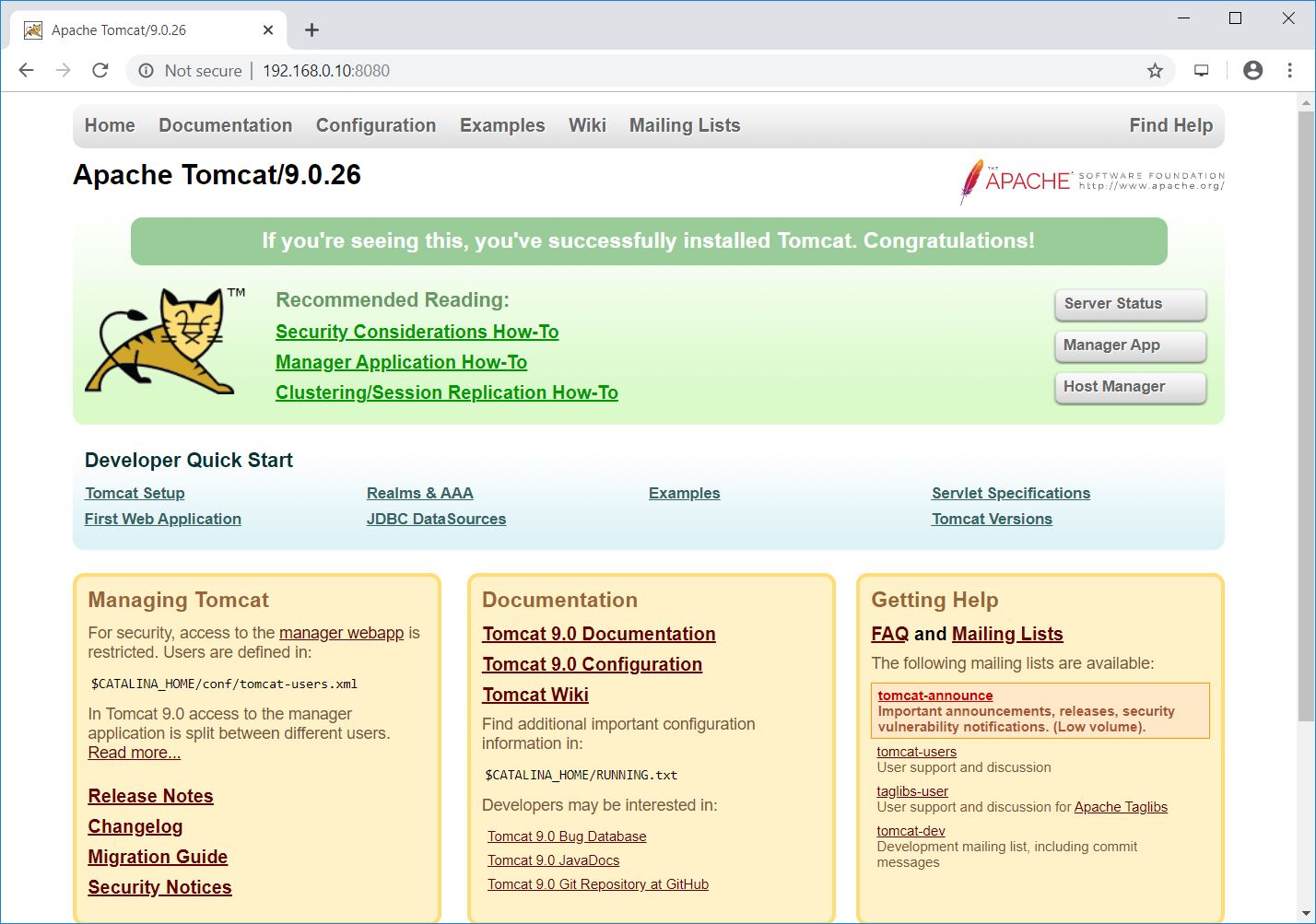
Manager App (manager-gui): – Login Required. Username: admin, Password: tomcat.
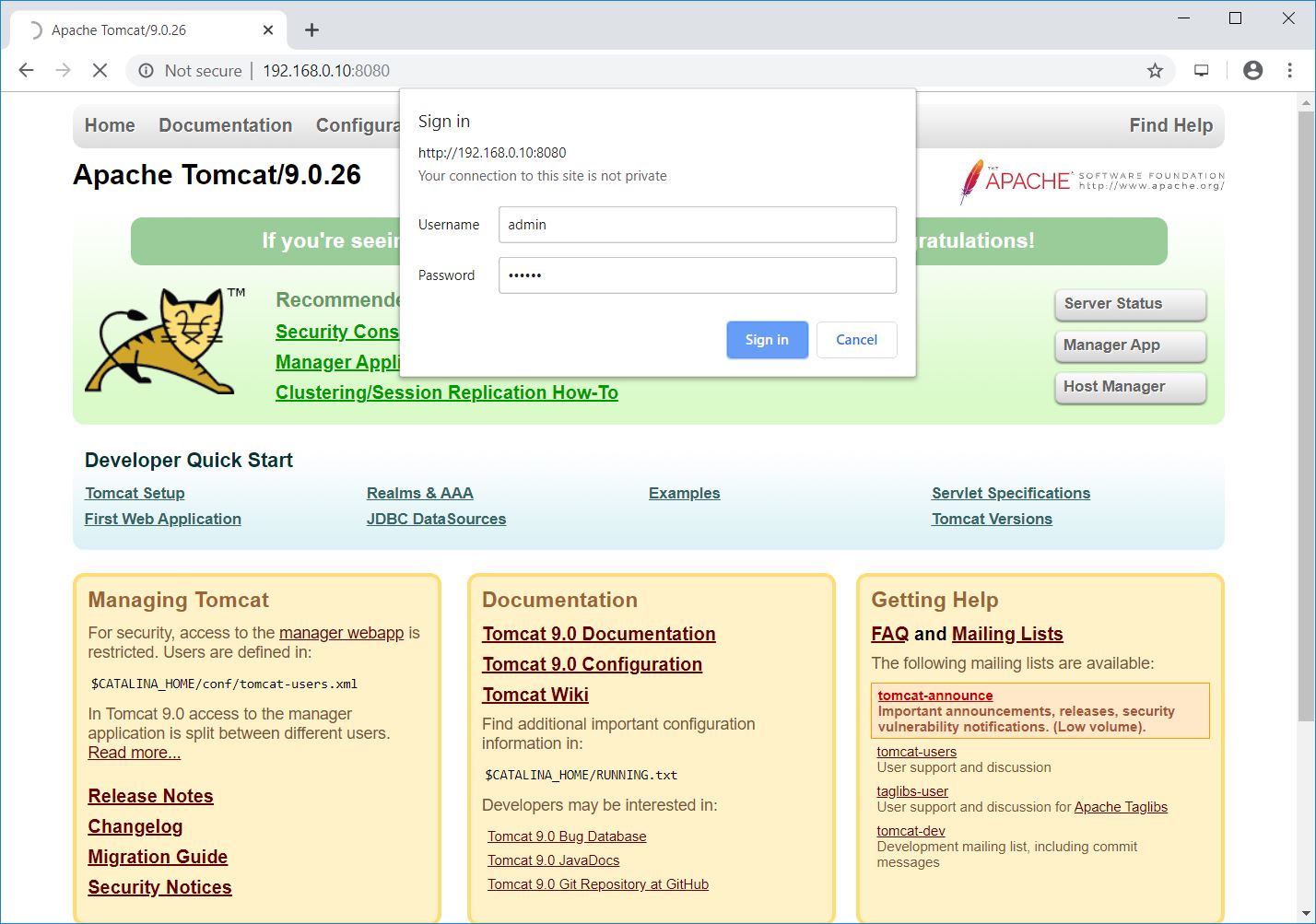
Here, you can deploy an application, deploy an application in a specified context, start, stop, reload, and un-deploy an application.

Also, you can see the Tomcat server status.
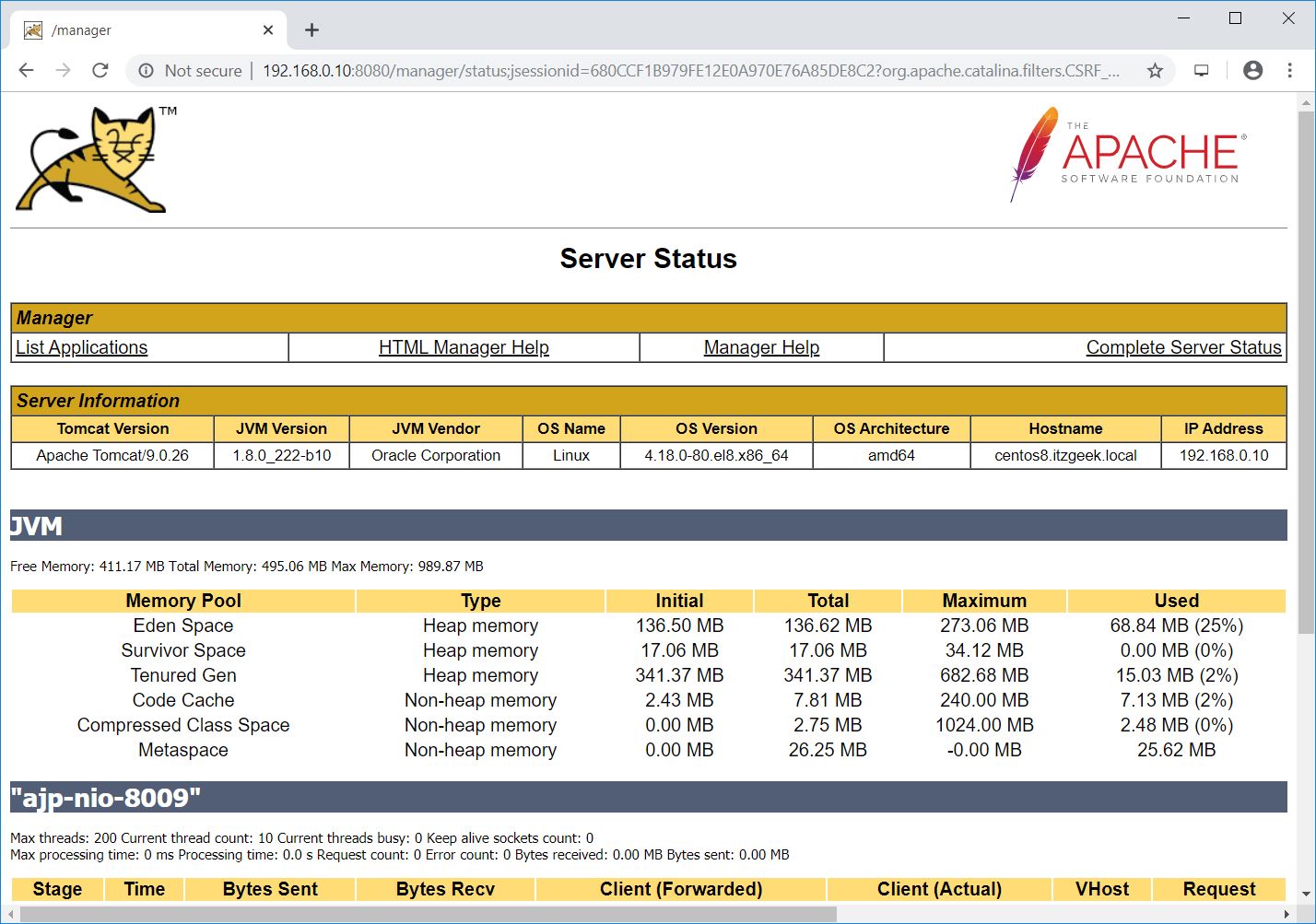
Host Manager (admin-gui): – Login Required. Username: admin, Password: tomcat.

Here, you can manage Tomcat’s virtual hosts.
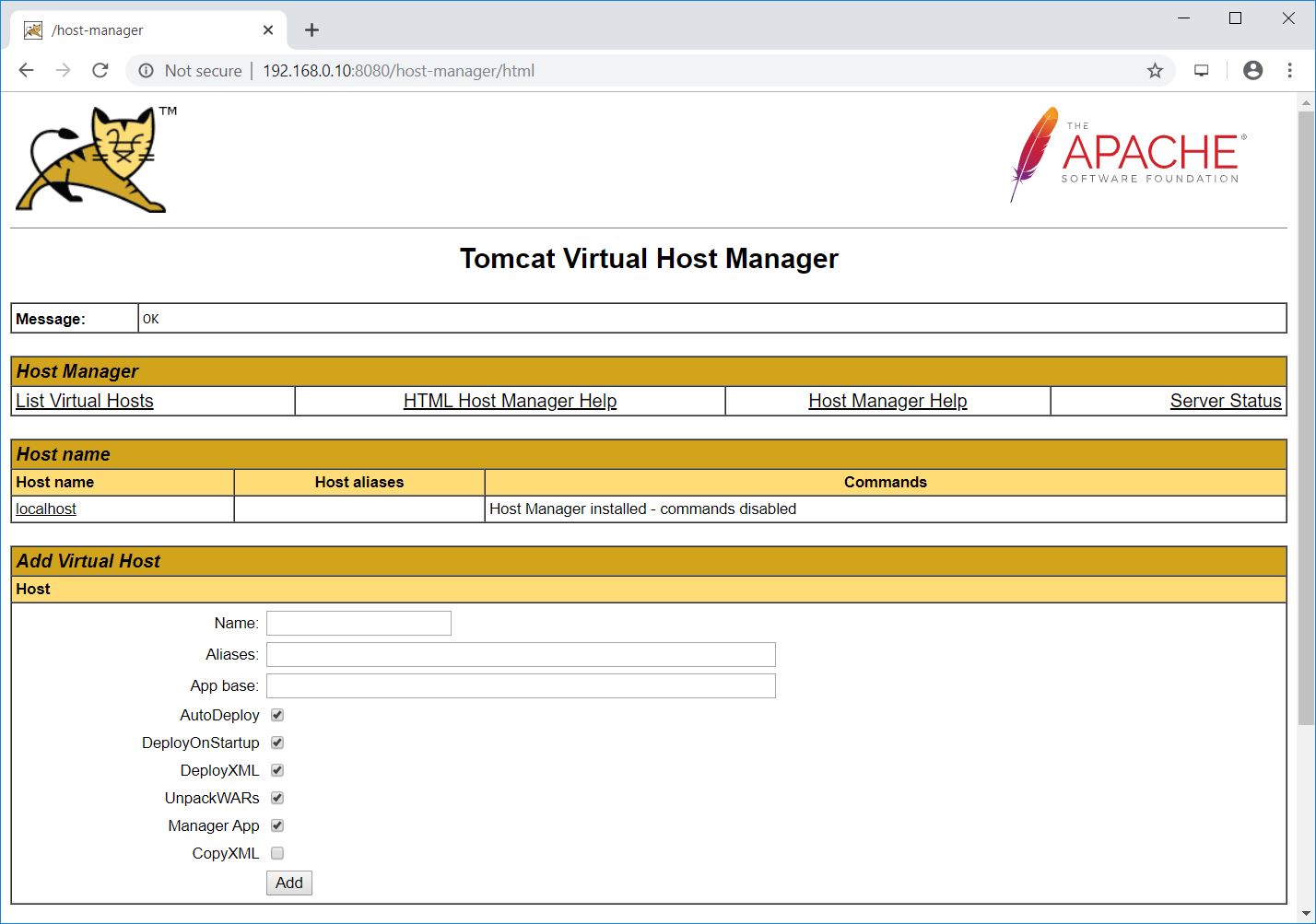
Conclusion
That’s All. I hope you have learned how to install Tomcat 9 on CentOS 8 / RHEL 8. You are now ready for your first web application. As a security recommendation, consider implementing SSL/TLS for Tomcat

